Retailers - Prepare your software for peak seasons!
As we move towards the end of 2020, we’re approaching the most wonderful (and stressful) time of the year where retailers are not only facing one...
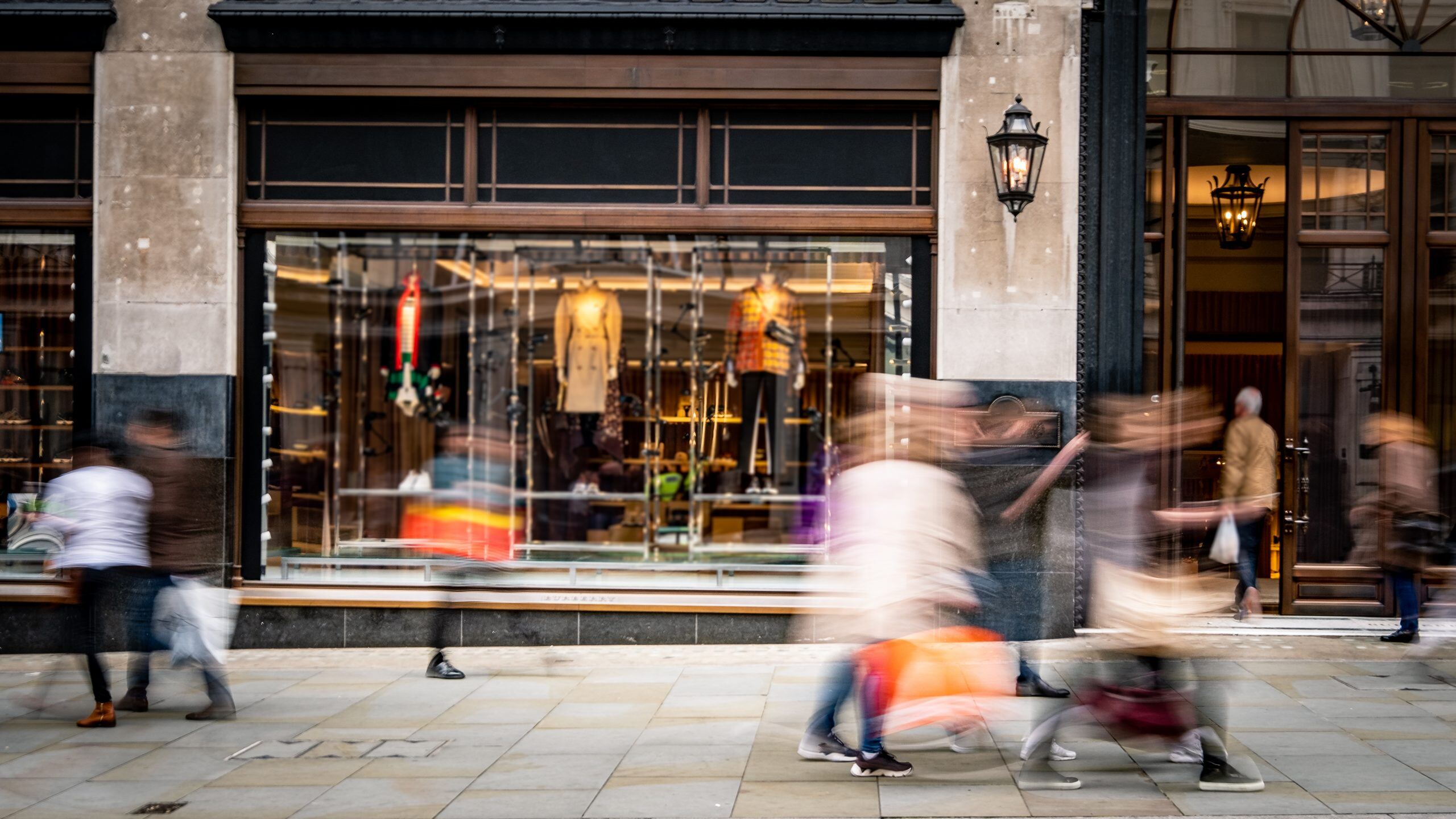
Who’d have thought when walking on the street someone wearing a mask and people keeping their distance from you would be the norm? There are a lot of things we didn’t expect. From the Australian bushfires, Prince Harry and Megan Markle stepping down as royals, to the Black Lives Matter protests and of course COVID-19’s infectious influence spreading across the world.
This year has also been one giant narrative of digital innovation and challenges that many are still feeling the repercussions of. Safe to say, our technical testing expertise has been very handy indeed in response to the constant pressure of businesses having to be at peak performance during the crisis.
So, as we head into 2021, this is the perfect time for a little bit of reflection and to look back at some of the key events of 2020 that, not only impacted the software and retail industry as a whole, but how our own company and its employees faced this year – usually with a computer in one hand and a strong mug of coffee in the other!
According to a report from Gartner HR Survey back in March, it revealed that 88% of organizations encouraged or required employees to work from home due to coronavirus. And at the height of lockdown, 60% of the UK’s population we’re working from home. With so many shifting to remote working, it gave video communications apps like Zoom worldwide popularity with 13 million users by April.
We also became a nation of entertainers, vloggers, Tik Toker’s, Snapchatters and quiz masters in an explosion of user-generated content flooding our feeds and to keep in touch with family and friends whilst stuck at home.
But, with the sudden surge of internet usage, everyone at some point or another experienced those pesky network outages, going down by 9.13% globally from a report by ThousandEyes. However, that wasn’t the only problem, as adjusting to this new way of working hasn’t been a smooth transition for some.
Our very own Darryl Kennedy back in May gave advice on how to stay productive and maintain a work-life balance via a Crowdcast on The Ministry of Testing website.
Looking back, do you think remote working will be the norm for most into the future?[vlt_testimonial_item text="It’s definitely here to stay as it’s been proven to be effective and more than capable of keeping business’ running throughout the pandemic. Business’ benefit from significant savings in the cost of leasing/owning large premises in premium locations and are no longer restricted to local talent, with a UK-wide resource pool to tap into. Employees have been able to build-up that level of trust with their employer that they are indeed remaining productive and I do think that ‘trust’ and ‘control’ is what has held back many companies in working in a remote way until now.
For the employee, remote working does bring many benefits including a zero-commute time and associated financial savings. The work/life balance is the BIG advantage but can be very tricky to get right with this new way of working as being able to switch-off/differentiate work from life can be difficult for many. Employers need to also be able to offer flexible working hours to make remote working truly effective for the employee.
However, remote working is certainly not for everyone so post the pandemic employers will need to give their workforce the option that is most suitable to them." author="Jake Frew, Spike95 Director" icon_color="#ffffff" text_color="#ffffff" author_color="#ffffff" css=".vc_custom_1633532504274{margin-bottom: 20px !important;padding-top: 40px !important;padding-right: 40px !important;padding-bottom: 40px !important;padding-left: 40px !important;background-color: #b7dbd1 !important;}"]
The heat was turned up to the highest degree, and like a pressure cooker ready to boil over, businesses unfortunately fell short on keeping up with supply as demand kept rising. For example, the constraints on broadband usage led streaming services like Netflix to reduce the quality of their videos to help ease the constraints on bandwidth.
New behavioural buying patterns emerged, particularly early panic buying of essential items such as toiletries and other house-hold supplies. These peaked in demand by 70%, where other perishable foods increased more gradually into March. Hence, the “responsible retailer” role showed up, with Tesco participating in “Feed the Nation” to control the situation.
The pandemic also led to other weak points in the chain including:
Despite this, a digital revolution was upon us and, as we’ve discussed many times in our previous blogs, a massive acceleration in big data, intelligent automation and AI has improved logistic, distribution and warehouse capacity tenfold!
The difference your business makes in optimising their IT systems and infrastructures is mind-blowing! We’ve continually witnessed ourselves with a couple of recent projects how beneficial automation and performance testing is for the survival and future of retail.[vlt_testimonial_item text="The early months of the pandemic were unpresendented with buying patterns no one could ever have predicted. Retailers limiting basket items helped to manage the panic buying which allowed things to calm. I was also impressed by initiatives such as early opening for key workers and the most vulnerable. Everyone turned to the large trusted brands such as Amazon with online purchasing going through the roof. Back in April waiting a week for an Amazon delivery was the norm and the days of next day Prime delivery was a mere pipe dream. Due to supply and demand we waited nearly 2 months for a global Sweedish furniture retailer to delivery items we needed following a house move. Two of the biggest surprises for me was the queueing system implemented on the UK’s leading DIY store and one of the biggest high street retailers in the UK having to close their website after a few hours trading each day once that days allocation of items was reached." author="Darryl Kennedy, Spike95 Director" icon_color="#ffffff" text_color="#ffffff" author_color="#ffffff" css=".vc_custom_1633532522273{margin-bottom: 20px !important;padding-top: 40px !important;padding-right: 40px !important;padding-bottom: 40px !important;padding-left: 40px !important;background-color: #b7dbd1 !important;}"]
Speaking of technological advances, social distancing further highlighted the importance of contactless software and credit cards to keep shoppers as safe as possible once physical outlets were allowed to reopen back in June. After all, no amount of hand sanitizer could be enough to put consumer’s fears of the virus at ease, so retailers needed to come up with alternative out-of-the-box solutions quickly.
Examples of this include Lush’s ‘Lush Lens’ app to scan products for further information and pricing without people having to pick up a single product. Coca-Cola’s touchless vending machines using QR codes for people to purchase drinks work in a similar way, whilst The Perfume Shop invested in virtual assistance Go Instore technology to “empower customers within their purchasing journeys […], while adhering to government guidelines and keeping consumers safe and comfortable”.
However, an increase in contactless meant limits to spending were also put in place by the banking and financial industry for customers to adapt to this whole new way to shopping. For instance, Eric Leenders who is managing director of personal finance at UK Finance increased contactless limit to £45, whilst offering deferrals on credit card repayments.[vlt_testimonial_item text="Whilst the opportunity to create new experiences to capture the hearts and minds of consumers is there for the taking, doing so without testing that the customer experience will be a positive one is pure folly and tantamount to commercial suicide. Consumers have short attention spans but long memories so wow them first time through early and experiential testing, listen to their feedback, and be nimble enough to make rapid changes that keys into their shopping behaviours." author="Luke Pelham, Spike95 Head of Sales" icon_color="#ffffff" text_color="#ffffff" author_color="#ffffff" css=".vc_custom_1633532540700{margin-bottom: 20px !important;padding-top: 40px !important;padding-right: 40px !important;padding-bottom: 40px !important;padding-left: 40px !important;background-color: #b7dbd1 !important;}"]
Finally, as the end of December gets closer and closer, Christmas hasn’t been the only thing on most retailer’s minds. The deadline for Brexit continues to shake up the supply chain and create uncertainties on how trading will function once leaving the EU. One of the latest articles from The Guardian states: ‘Retailers are reporting week-on-week shipping cost increases of 25%, with carriers also slapping extra “congestion charges” on shipments to offset berthing delays and longer unloading times in the UK.’
NAO warns they’re could be some lengthy delays in January and February as border controls and business ready their operations around managing warehouses and transporting goods. The government’s outlines are yet to be decided, but that doesn’t mean retailers cannot prepare for what is to come. As always, we will be ready to assist in getting systems up and running as 2021 begins and beyond![vlt_testimonial_item text="If Covid-19 defined 2020 then Brexit may well define 2021 - as I write there is much negotiation but still no deal. Hopefully that changes but either way we’ve seen significant resilience and innovation in much of the retail sector which bodes well to cope with whatever next year throws at us! Franklin said that “nothing in life is as certain as death and taxes” so maybe 2020’s lesson is that we should now absolutely add change as a third certainty? At Spike95 we wish all our retail clients and friends the best for a year of further change." author="Steve Dennis, Spike95 Director" icon_color="#ffffff" text_color="#ffffff" author_color="#ffffff" css=".vc_custom_1633532558917{margin-bottom: 20px !important;padding-top: 40px !important;padding-right: 40px !important;padding-bottom: 40px !important;padding-left: 40px !important;background-color: #b7dbd1 !important;}"]
2020 has had its many ups and downs as you can see, but now I think we all in need of a fresh start and that means making sure your software has the capability to exceed customer expectations as you walk into the new year like a boss! Feel free to book a slot in our diaries for an open chat about how we can help your business fly!
See you all in 2021!
[vlt_social_share title="Like this post? Please share it!"]
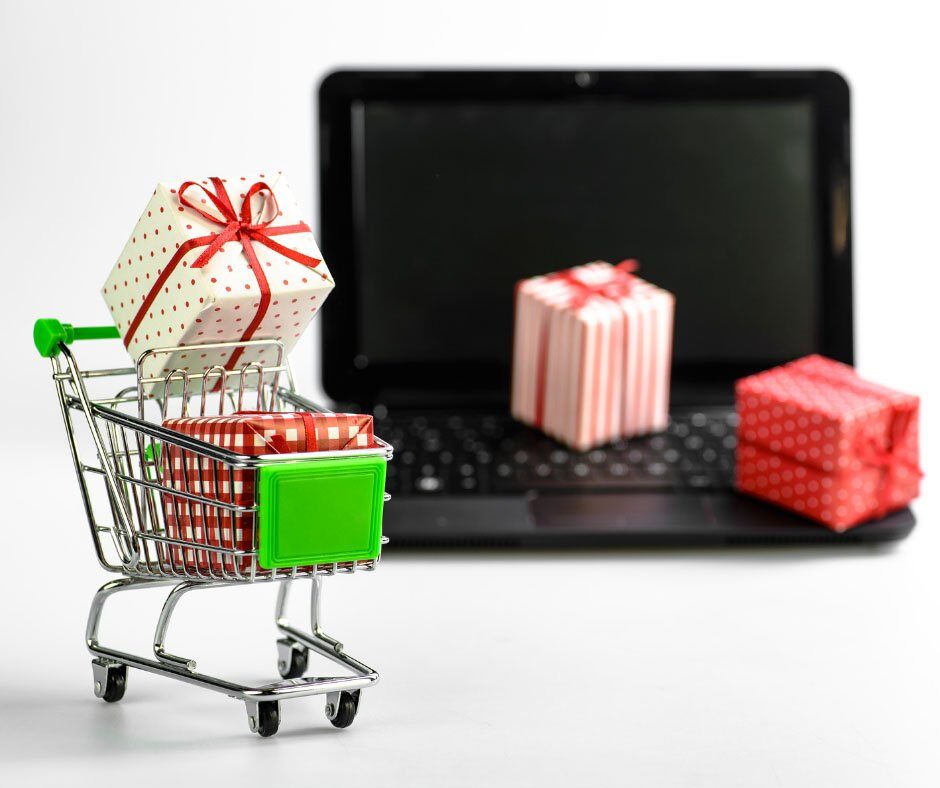
As we move towards the end of 2020, we’re approaching the most wonderful (and stressful) time of the year where retailers are not only facing one...
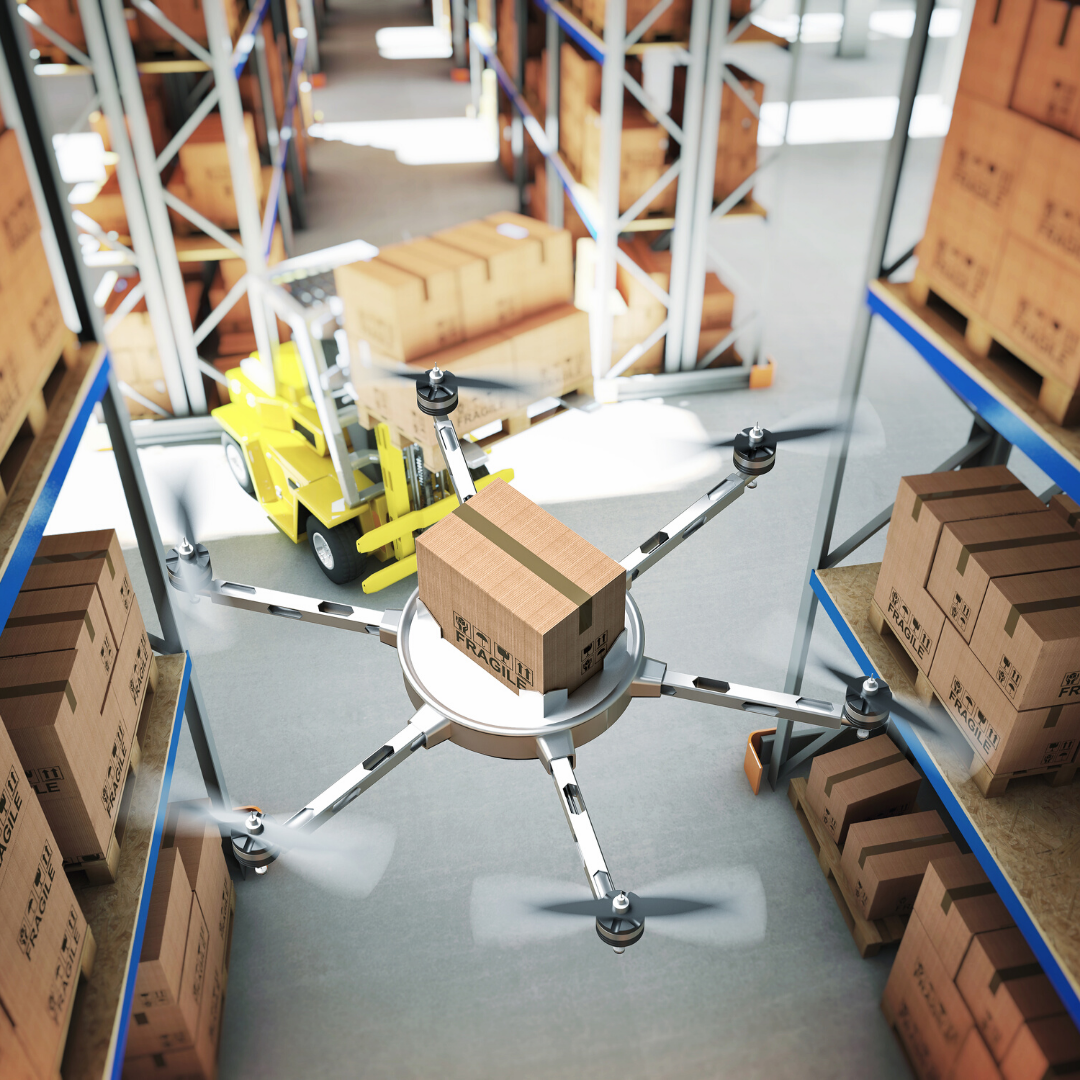
For retailers in 2020, it really is a year of two halves. The first six months brought lockdown, a shutdown of non-essential retail, and a chance to...

Unless you're Bill Gates, you probably didn't predict the Coronavirus pandemic or anticipate its impact on socialising, shopping and working over the...
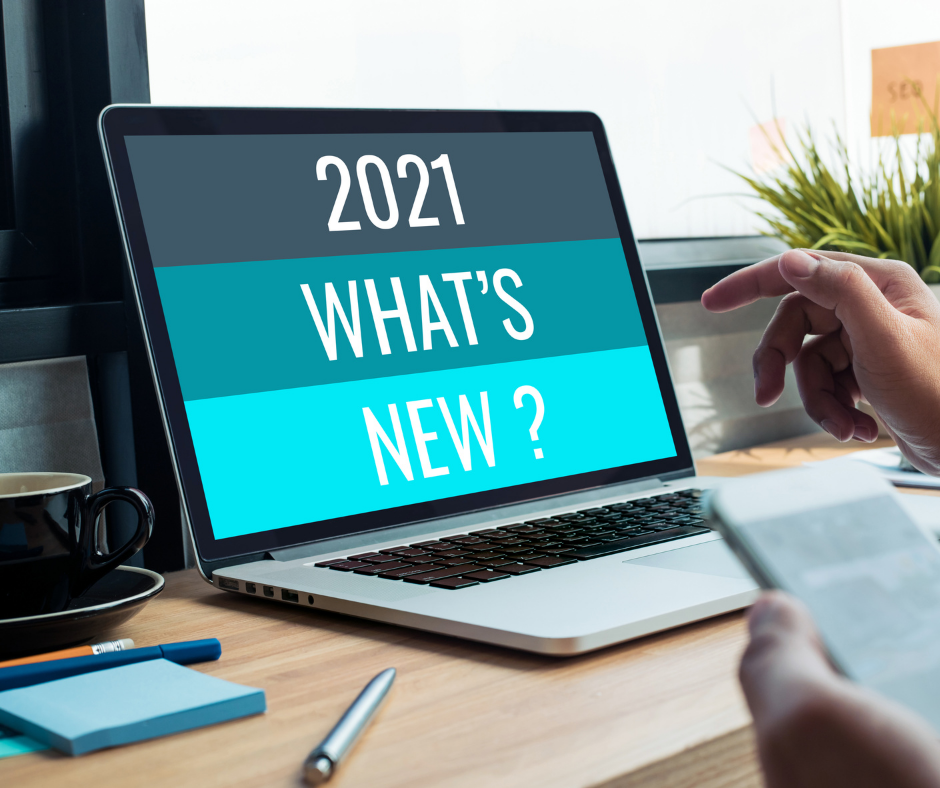
The past 12 months brought unprecedented and unpredicted disruption to the retail sector, with COVID-19 barely on the long-distance radar as the...
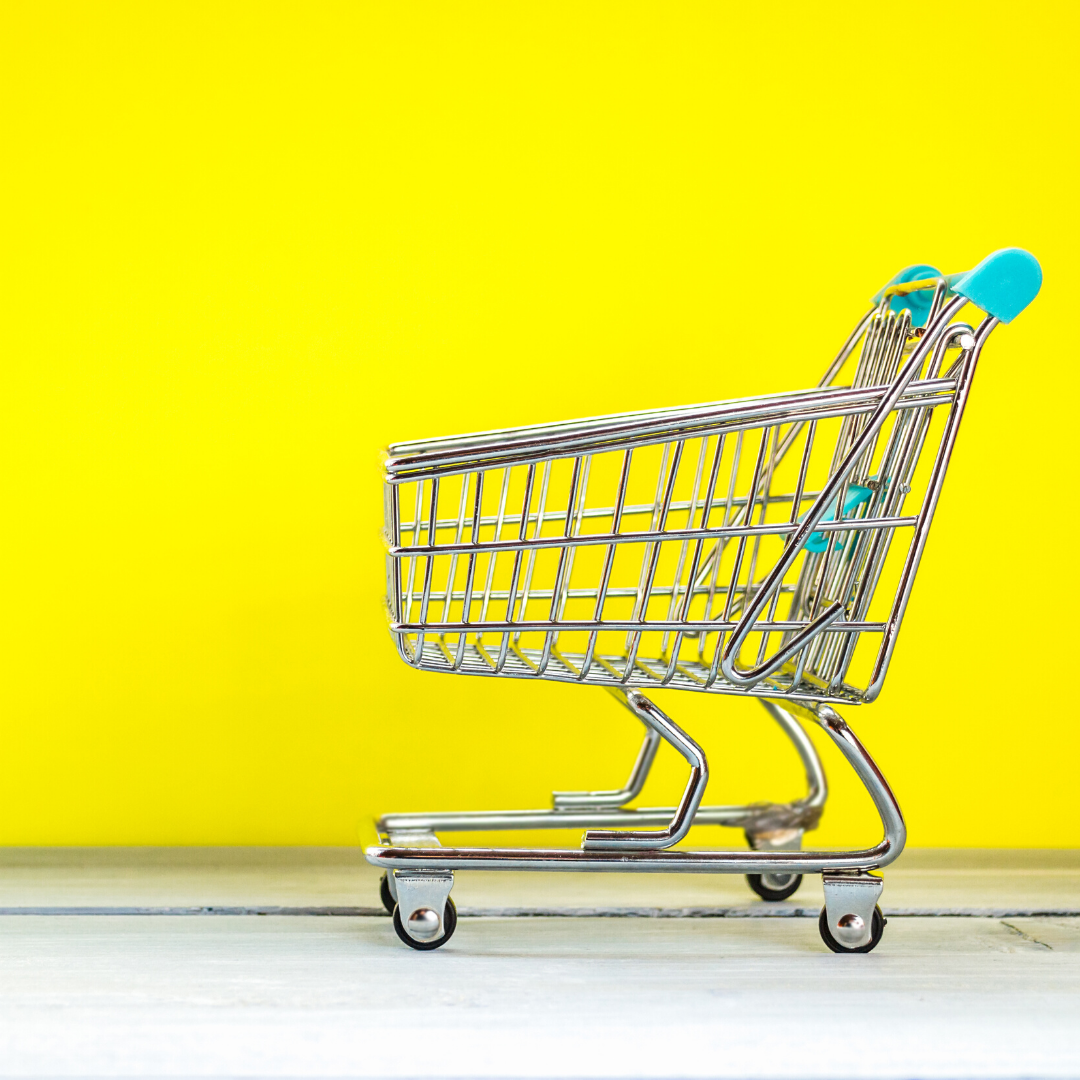
The retail sector has faced ongoing disruption in recent years with the rise of ecommerce, click-and-collect, next-day and even same-day deliveries....